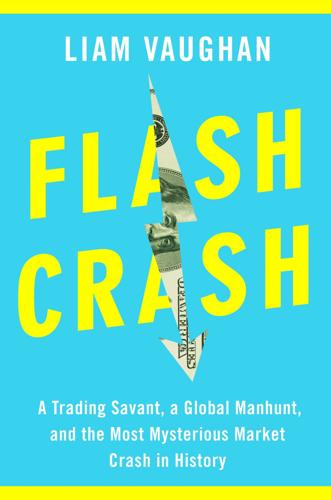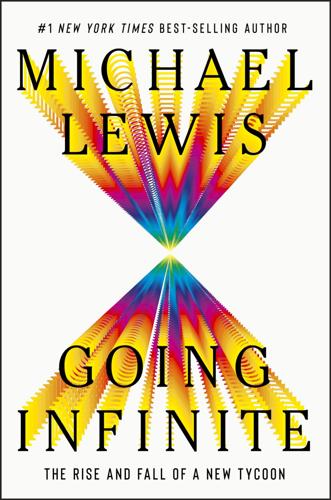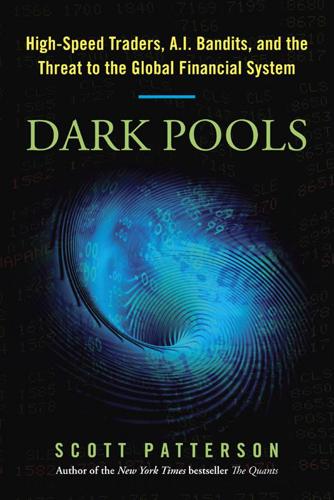
Flash Boys: A Wall Street Revolt
by
Michael Lewis
Published 30 Mar 2014
“Somebody would say, ‘Wait a second,’ ” recalls Carley. “ ‘If we want to continue with the strategies we are currently running, we have to be on this line. We have no choice but to pay whatever you’re asking. And you’re going to go from my office to talk to all of my competitors.’ ” “I’ll tell you my reaction to them,” says Darren Mulholland, a principal at a high-speed trading firm called Hudson River Trading. “It was, ‘Get out of my office.’ The thing I couldn’t believe was that when they came to my office they were going to go live in a month. And they didn’t even know who the clients were! They only discovered us from reading a letter we’d written to the SEC. . . .Who takes those kinds of business risks?”
…
After one sales meeting, David Barksdale turned to Spivey and said, Those people hate us. Oddly enough, Spivey loved these hostile encounters. “It was good to have twelve guys on the other side of the table, and they are all mad at you,” he said. “A dozen people told us only four guys would buy it, and they all bought it.” (Hudson River Trading bought the line.) Brennan Carley said, “We used to say, ‘We can’t take Dan to this meeting, because even if they have no choice, people do not want to do business with people they’re angry with.’ ” When the salesmen from Spread Networks moved from the smaller, lesser-known Wall Street firms to the big banks, the view inside the post-crisis financial world became even more intriguing.
…
The big banks—Goldman Sachs, Credit Suisse—everyone had heard of. Others—Citadel, Getco—were famous on a small scale. He learned that some of these firms were hedge funds, which meant that they took money from outside investors. But most of them were prop shops, trading only their own founders’ money. A huge number of the firms he dealt with—Hudson River Trading, Eagle Seven, Simplex Investments, Evolution Financial Technologies, Cooperfund, DRW—no one had ever heard of, and the firms obviously intended to keep it that way. The prop shops were especially strange, because they were both transient and prosperous. “They’d be just five guys in a room.

Flash Crash: A Trading Savant, a Global Manhunt, and the Most Mysterious Market Crash in History
by
Liam Vaughan
Published 11 May 2020
Virtu Financial Inc.’s director, John “Jack” Sandner, was the longest-serving chairman in the CME’s history. William Shepard, another longtime CME Group board member, is reported to own a sizable stake in Jump. The high-frequency trading industry and the CME Group were not just on the same side of the fence. They were the same people. Executives at the likes of Jump, Citadel, and Hudson River Trading pointed to the higher number of trades in general, and the shrinking gap between asking and buying prices, as evidence that their activities were improving the marketplace by making transacting cheaper and less volatile for everyone. But trading is a zero-sum game, and if HFT firms were winning, somebody had to be losing.
…
They also said that instituting a blanket ban on placing orders you didn’t want to consummate risked inadvertently prohibiting legitimate practices like placing stop-losses. It’s part of the dance of rulemaking that industry participants tend to object to new rules regardless of how sensible they might be, but the HFT community got behind the spoofing ban straightaway. Adam Nunes from the New York firm Hudson River Trading said the proposal would “make the market more liquid and more efficient,” and “allow legitimate practices to occur without the risk of being manipulated.” This, he said, would be “good for end users and good for, you know, firms like those around the table.” Nunes’s response makes sense when you consider that spoofing in the electronic era specifically targeted firms like his—HFTs that parsed the order book for information that would allow them to predict which way the market was about to move and then traded ahead of it.

Broken Markets: How High Frequency Trading and Predatory Practices on Wall Street Are Destroying Investor Confidence and Your Portfolio
by
Sal Arnuk
and
Joseph Saluzzi
Published 21 May 2012
McCarthy (General Counsel, GETCO), letter dated April 27, 2010 to Elizabeth M. Murphy (Secretary, Securities and Exchange Commission), Securities and Exchange Commission website, www.sec.gov/comments/s7-02-10/s70210-158.pdf. 27. Liam Connell (CEO, Allston Trading), Richard B. Gorelick (CEO, RGM Advisors), Adam Nunes (President, Hudson River Trading), Cameron Smith (General Counsel, Quantlabs), letter dated April 23, 2010 to Elizabeth M. Murphy (Secretary, Securities and Exchange Commission), Securities and Exchange Commission website, www.sec.gov/comments/s7-02-10/s70210-155.pdf. 28. Donald R. Wilson, Jr. (DRW Trading Group), letter dated April 21, 2010 to Elizabeth M.

Going Infinite: The Rise and Fall of a New Tycoon
by
Michael Lewis
Published 2 Oct 2023
In this case, the thoughts date back to the seventh grade. 3 META GAMES After not much happening in the life of Sam Bankman-Fried for a very long time, two big things occurred in the fall of 2012, at so nearly the same time that it would soon be hard to remember that they had nothing to do with each other. Sam had entered his junior year at MIT as just another physics student who had lost his interest in physics. Approximately zero of MIT’s physics majors became physicists anymore. Most went to work for Google, or for high-frequency trading firms. Jump Trading, Tower Research Capital, Hudson River Trading, Susquehanna International Group, Wolverine Trading, Jane Street Capital: all these Wall Street companies Sam had never heard of came to the job fair that year inside the MIT gym. And he became just a little curious about them. Even a few months earlier his curiosity would have surprised him.

Dark Pools: The Rise of the Machine Traders and the Rigging of the U.S. Stock Market
by
Scott Patterson
Published 11 Jun 2012
In 2000, Mark Gorton, a math expert with degrees from Yale, Stanford, and Harvard, launched Lime Brokerage. The firm was created primarily to cater to Gorton’s high-speed trading outfit, Tower Research. One day in late 2001, programmers at BRUT noticed a sudden surge in orders. More than the three million orders from a single firm flowed through their pipes. The origin: Lime. Hudson River Trading, located near the shore of its eponymous river in downtown Manhattan, started up in February 2002, founded by a trio of math and computer experts from MIT and Harvard. Chicago’s Sun Trading was founded that same year by Jeff Wigley, an options market maker on the CBOE. More would come. In the next few years, the small band of computer traders would become a dominant force in nearly every market imaginable, from stocks to currencies to commodities.